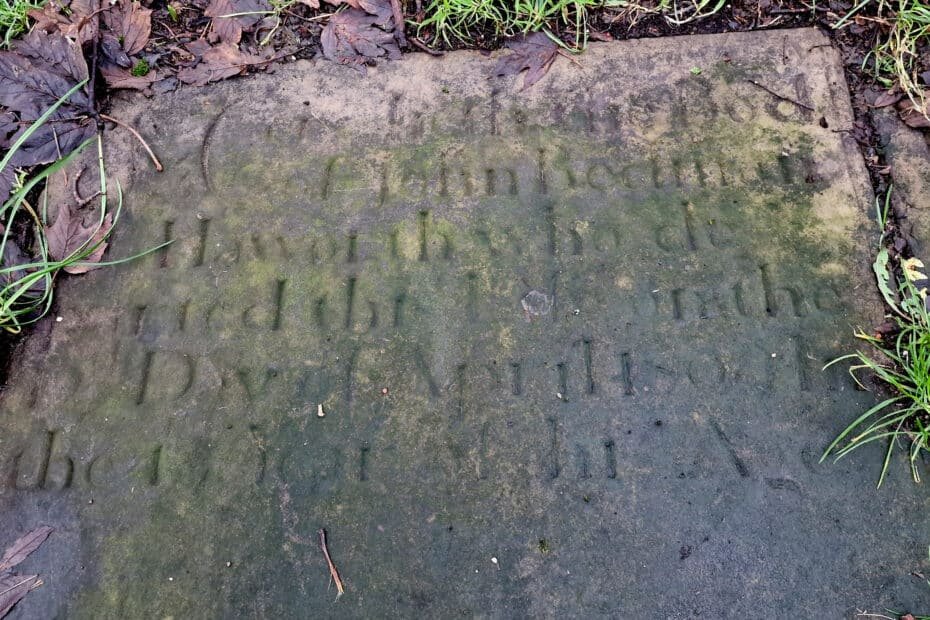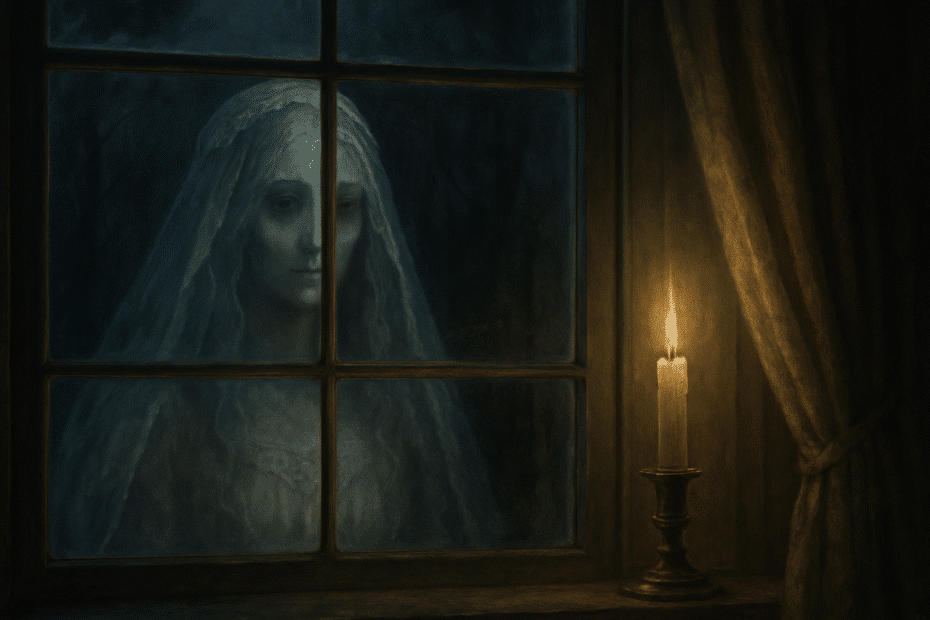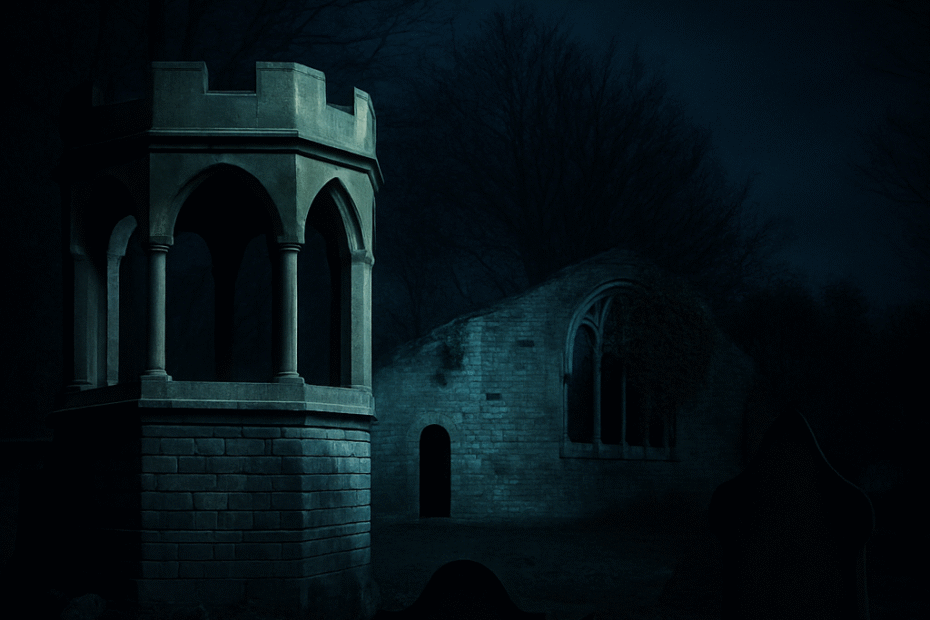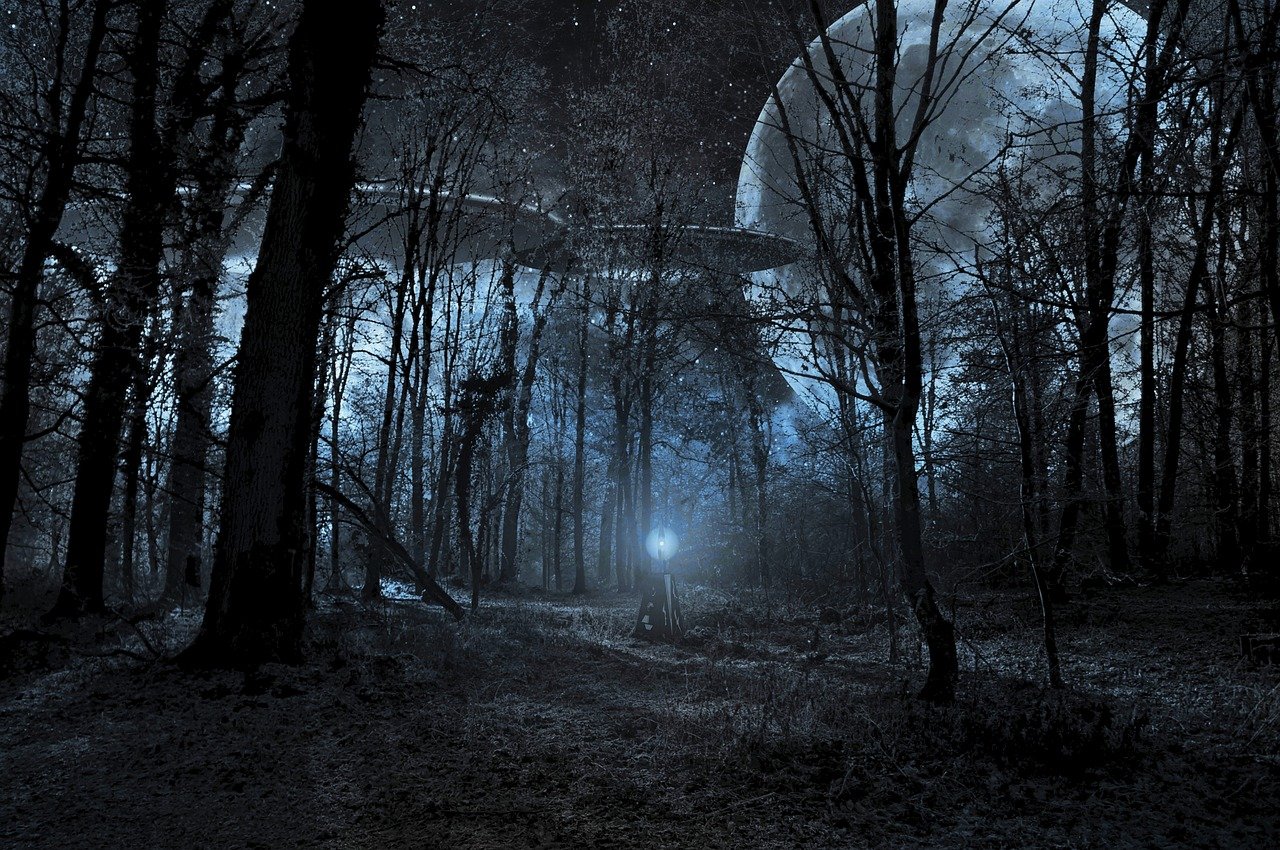The Real-Life Helen Graham: A 1760 Scandal in the Brontës’ Backyard
Decades before Anne Brontë picked up her pen to write The Tenant of Wildfell Hall (1848), the rugged hills of Haworth were already whispering a story of domestic defiance. Recently, I started looking into the lives of the people buried in the graveyard of St Michael and All Angels. The stories told through epitaph, family trees and newspapers reveals startling and often stark pictures of the lives of the people… Read More »The Real-Life Helen Graham: A 1760 Scandal in the Brontës’ Backyard










